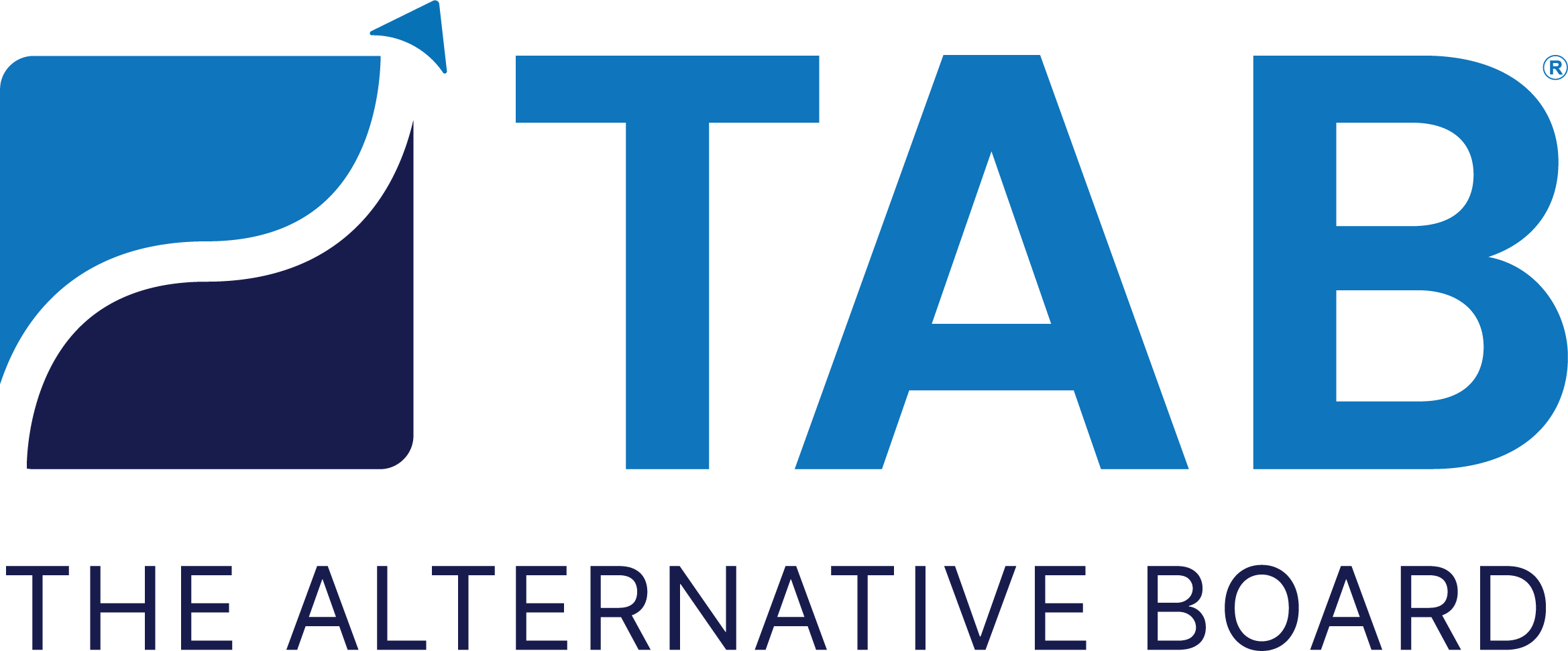Mentorship 101: How To Develop the Next Generation of Top Talent
If you are a business owner experiencing an influx of young talent to your team, it might be time to consider creating a mentorship program.
There is an onslaught of young, remarkable talent either still new to or just about to enter the workplace. The current number of Millennials in the U.S. workforce currently hovers around 56 million, a considerable figure that represents the largest working generational segment and more than one-third of today’s labor. The youngest Millennials are just a few years out of college and still relative newbies to the workforce. Then there is Generation Z, the oldest of whom are only now launching their ascent into their careers.
The younger generations bring with them some formidable skills and are poised to play key roles in your business for years to come, if they aren’t all ready. But possessing advanced technology and other attractive talent does not equate to being a seasoned employee versed in things like big picture operations, goal setting, career trajectory, leadership, and so many other facets of professional development.
By investing in the personal development of your youngest employees, you make your business more attractive to job seekers, help to enhance company culture, and potentially create a myriad of opportunities throughout your entire business.
Here are some success-driven tips on how to launch a mentoring program in your business.
Identify Your Mentorship Objectives
The goal of your mentorship program may simply be to develop young talent. But there is often more to it than that. Is your talent bleed shockingly high? Are you losing upwardly mobile talent to the competition? Do your employees complain that they lack opportunity? Do you have a team of diamonds in the rough just waiting for direction?
The objectives of your Mentorship Program can’t be completely self-serving to you as the business owner. It is essential that the program addresses both the needs of your company and the career goals of individual employees.
Outline Your Mentorship Program
This is the fun part. As you take steps in designing just what you want your mentorship program to look like, consider factors like qualifications for participation (both as a mentee and a mentor), how large in scale do you want the program to be, what is the duration of each engagement, how will you match mentor to mentee, how will you monitor mentorship relationships, how will you monitor the program’s success, and how do individual mentorship relationships fit into the wider agenda of the mentorship program?
This is just a start. It is important to really flesh out the program as the elements pertain to your unique business and objectives. Be specific and thorough; consider creating a Mentorship Tracking spreadsheet or include it as part of your CRM if you have one. More on this in the KPI and ROI section below.
Promote Your Mentorship Program
Mentorships bring a tremendous amount of value to both mentors and mentees. So, it is important to inform your team of the opportunities and benefits related to the program.
Consider promoting your mentorship program at company meetings, in internal newsletters, or during employee reviews. Nothing says “I appreciate you” to an employee more than expressing belief in their career development.
You might even consider incentivizing participation with rewards, recognition, or special events.
Manage the Mentorship Program
The biggest task here is matching mentees to their ideal mentors. Sometimes, the fit will be obvious, other times, less so. Consider common interests, career paths, and talents when matching participants. If you have an HR team, they can be indispensable for insight into compatible communication styles and behavioral motivators.
You may want to consider mentorship management software that can help you match participants, monitor metrics, schedule engagements, track time, and scale the entire program.
Identify KPIs & Determine ROI
Measuring the success of your mentorship program starts with identifying its key performance indicators. The first KPI you might consider is retention rate particularly related to mentees, with an increase in retention being a strong indicator of program success, benefitting both employees and the business.
Tracking retention rate alone is really enough to determine at least a cursory ROI, by calculating it against employee acquisition costs. There are other KPIs to consider like metrics related to engagement, goals, satisfaction ratings, and so many others.
And beyond a strict measurement of ROI, there is something more profound. By designing and implementing a Mentorship program, you have invested not only in your own business, but also the long-term career growth, personal success, and opportunities that await your team.
And there is no dollar amount you can put on that.

